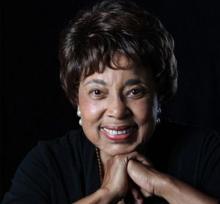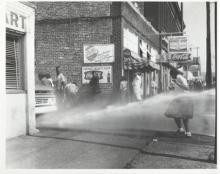Dorothy Cotton

She was a leader in numerous institutes and organizations. She developed the Citizen Education Program where she trained marginalized people to become politically involved and organized and understand their civil. She was also a leader in the Southern Christian Leadership Conference, serving as an educational director in the 1960s.

BIRMINGHAM, Ala. — In May 1963, thousands of Birmingham school children faced police dogs, fire hoses, and possible arrest to demonstrate against segregation. Now, 50 years later, those who were part of what became known as the “Children’s March” say they don’t want their story to be forgotten.
“We were doing this not just for ourselves but for some higher purpose,” said one of the young marchers, Freeman Hrabowski III. “It focused on civil rights for all Americans.”
Hrabowski is now president of the University of Maryland, Baltimore County. He was 12 when he marched in Birmingham and was arrested for parading without a permit. He and hundreds of other children were held in custody for five days before being released.
Experts say the children’s crusade helped galvanize the civil rights struggle at a time when efforts were flagging.
“That was really the tipping point in a tipping year,” Pulitzer Prize-winning author Taylor Branch, who has written a series of books about the civil rights movement, told the PBS program “Religion & Ethics NewsWeekly.”
Watch Birmingham and the Children’s March on PBS. See more from Religion & Ethics NewsWeekly.